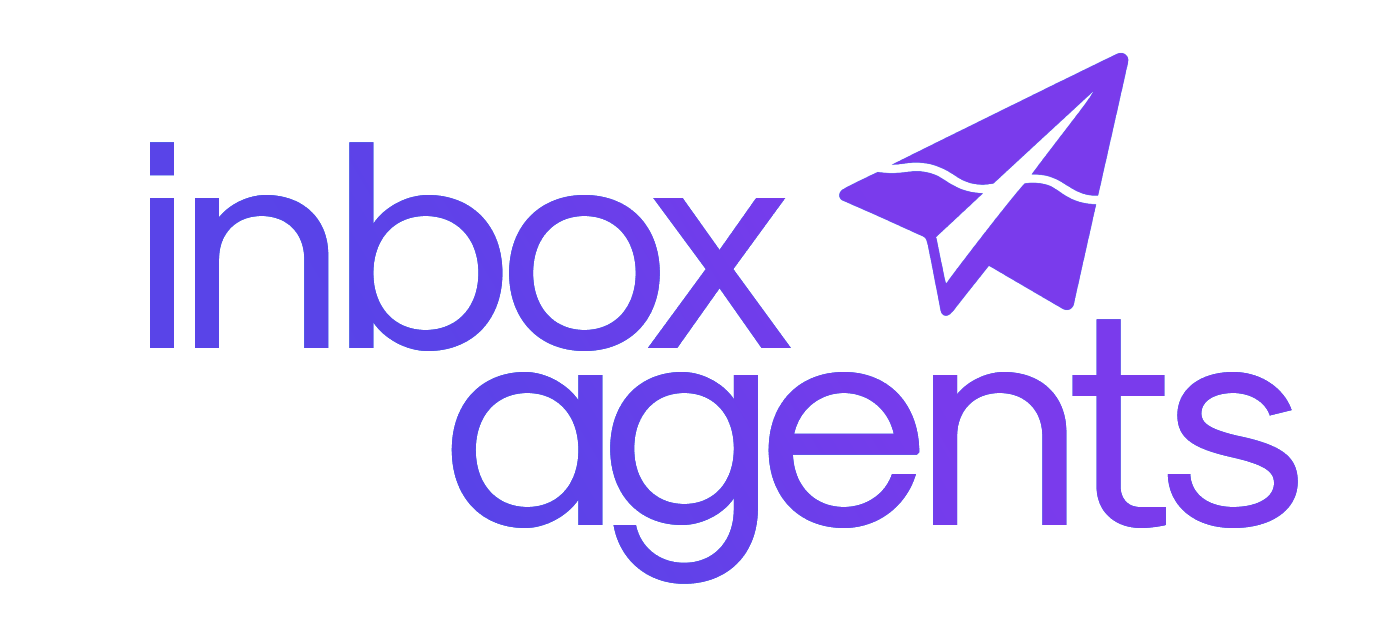
Response Delay Estimator
Master the Art of Follow-Up Timing with This Handy Tool
In today’s fast-paced world, knowing when to send a follow-up message can make or break a conversation. Whether you’re waiting on a reply to a critical work email or a casual text, timing matters. That’s where a tool like the Response Delay Estimator comes in, offering personalized guidance on how long to wait before reaching out again.
Why Timing Your Follow-Ups Is Key
Communication etiquette varies widely depending on context. A professional setting often demands quicker check-ins, especially if the matter is urgent. On the other hand, personal chats usually allow for more breathing room. Without a clear sense of these unwritten rules, you risk coming off as either too eager or disengaged. A well-timed nudge shows respect for the other person’s schedule while keeping the dialogue on track.
Factors That Shape Response Expectations
Several elements influence how long you should wait, from the nature of your relationship to the platform you’re using. For instance, emails to a manager might warrant a shorter window than a message to an acquaintance. Urgency plays a role too—high-priority issues naturally call for swifter action. By factoring in these details, you can avoid missteps and build stronger connections. Try this estimator to navigate these nuances with ease and ensure your follow-ups hit the mark every time.
FAQs
Why does follow-up timing matter so much?
Timing a follow-up is a subtle art. Reach out too soon, and you might come across as impatient or pushy; wait too long, and the conversation could lose momentum or be forgotten. This tool helps you strike the right balance by considering social norms and context. For instance, a quick follow-up might be fine for an urgent work email to a colleague, but a personal text to a friend often calls for a bit more patience. It’s all about respecting the other person’s time while keeping the dialogue alive.
How does the tool decide on a wait time range?
We’ve built this tool on common communication etiquette and typical response patterns across different scenarios. It uses a decision tree to weigh factors like the type of message, who you’re contacting, and how urgent the matter is. For example, an urgent professional email to a client might suggest 24-48 hours, while a casual text to a friend could be 3-5 days. The result is a practical range paired with a short explanation to help you understand the reasoning behind it.
Can I trust the suggested wait times for all situations?
While our tool is designed to reflect widely accepted norms, every situation is unique. The wait times are solid starting points based on general expectations—like waiting a day or two for a busy boss to reply to an email. But if you know the person’s habits or there’s a specific deadline, feel free to adjust accordingly. Think of this as a helpful guide, not a strict rule. Use your judgment alongside our suggestions for the best results.
